Petrochemicals Circular Economy Polylactic 24-03-2020 - Arhive
Petrochemicals Circular Economy Polylactic
Crude Oil Prices Trend

-PET packaging flies off the shelves in Europe, defying current challenges
Watch senior editor Caroline Murray discuss the challenges faced by the polyethylene terephthalate (PET) industry.
Deliveries hampered by difficult logistics
An effective workforce amid health crisis
Recessionary fears may affect ‘peak’ season
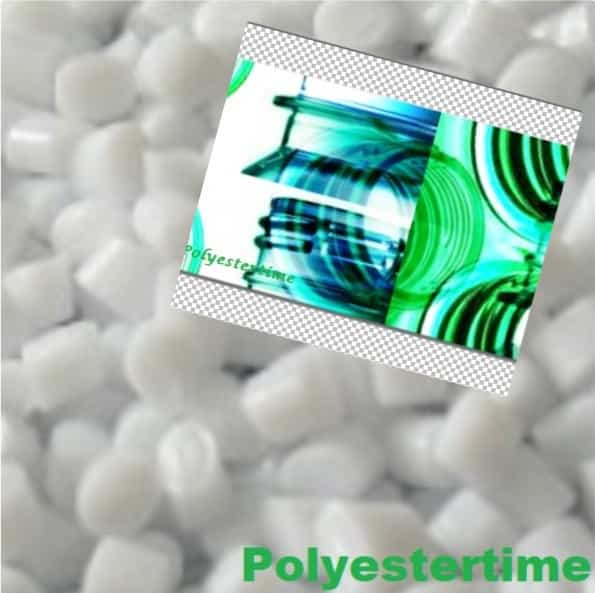
Humans are the only primates without fur to protect themselves from the elements and first used animal skins and furs to shield themselves from either the cold or from UV radiation, depending on where they were in the world. Petrochemicals Crude Oil Polylactic
Over 5,000 years ago, fabrics woven from plant fibres and wool were then developed, bringing many advantages such as their warmth, softness and breathability, as well as UV-shielding, and the development of dyeing gradually gave rise to the concept of fashion.
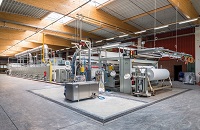
-Sarnia’s Auto House Honda PRESENTED BY SARNIA’S AUTO HOUSE HONDA
Imperial Oil scales back maintenance turnaround at Sarnia site
Imperial Oil has reduced the scope of a spring maintenance turnaround at its Sarnia manufacturing site in response to the COVID-19 outbreak.
Imperial Oil has reduced the scope of a spring maintenance turnaround at its Sarnia manufacturing site in response to the COVID-19 outbreak.
That change is expected to significantly reduce the number of contractors and tradespeople working on the site during the turnaround.
The turnarounds used by industry for maintenance and other upgrades at production sites are a major source of work for construction tradespeople in the Sarnia area, which is home to several refineries and chemical plants.
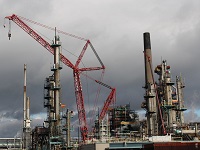
-DSM HONORS PROFESSOR MARC HILLMYER WITH THE 2020 BRIGHT SCIENCE AWARD IN MATERIALS SCIENCES
Royal DSM, a global science-based company in Nutrition, Health and Sustainable Living, today announces that it has awarded Professor Marc Hillmyer, from the Chemistry Department at the University of Minnesota Twin Cities, with the 2020 Bright Science Award in materials sciences. The jury selected Professor Hillmyer because of the scientific breadth and depth of his work and its relevance to the advancement of bio-based and circular materials.
Over the past few decades, linear economic consumption of material resources has left the world facing a series of defining, complex and interdependent environmental challenges. It’s this concerning landscape that underpins the Bright Science Award in materials sciences. This award is for scientists who have made major contributions to fundamental or applied research in the field of sustainable materials and whose work is instrumental in helping businesses involved in materials industries adopt more sustainable strategic directions.
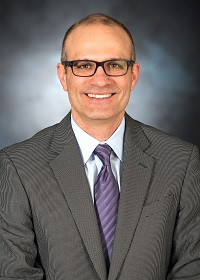
-Analysis on impacts of low oil price on spandex industrial chain
Crude oil prices plummeted recently and entered the era of low oil prices. Spandex industrial chain is dominated by spot, and the long industrial chain causes that the impact of low oil prices on cost is slow.
PTMEG faced losses pressure, and the easing effects of crude oil slump on cost was very limited
As prices of BDO and PTMEG were at below the cost line, so the reaction to declining cost may be relatively slow. In addition, the processing routes of BDO and PTMEG were various, and crude oil accounted for a small part of domestic units. Thus, the crude oil plunge is unlikely to put downward pressure on prices in short term.
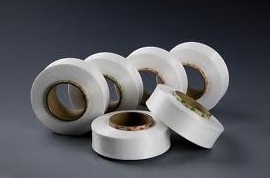
-Next Five Years Could be Pivotal for Bioplastics
Plastic pollution is rapidly becoming one of the world’s biggest environmental issues as increasing production of single use plastic products far outweighs the world’s ability to deal with them.
This is particularly visible in African and Asian nations, where trash collection infrastructure is often lacking, although Europe and North America also struggle to collect discarded plastics and recycling rates remain troublingly low.
Most plastics are currently made from petrochemical feedstocks, furthering the world’s dependency on crude oil. Petrochemicals Crude Oil Polylactic
Despite growing awareness around the problems of plastics, global plastics production is growing, with the recent IDTechEx report, Bioplastics 2020-2025, forecasting plastics to pass 600 million tonnes/661 million tons by 2030.
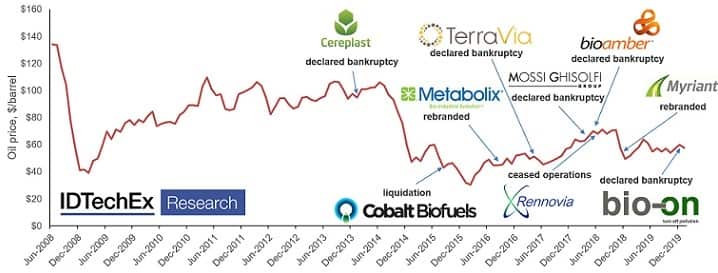
-Trinseo launches PULSE ECO Series containing recycled PC
Trinseo has launched a new portfolio of recycled content-containing PC/ABS for automotive applications.
Trinseo’s new PULSE ECO Series contains between 30 and 50 per cent recycled content, combining European-sourced post-industrial recycled (PIR) PC with Trinseo’s virgin MAGNUM ABS.
Developed using Trinseo’s unique PULSE GX technology, the new product family boasts strong technical features, such as superior flow properties, low temperature ductility, a low CO2 footprint and low density, allowing up to three per cent more parts per tonne compared to competitive materials.
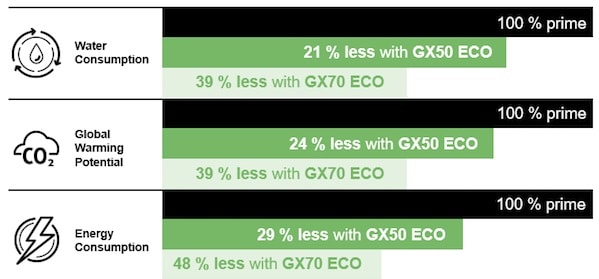
-S&P Ratings slashes crude oil forecast for 2020 by $10 per barrel
Demand for jet fuel, which typically accounts for 8 to 10% of global oil supply has had ‘an immediate demand impact’
S&P Ratings slashed its forecast for oil prices by $10 a barrel, citing severe supply-demand imbalance due to the coronavirus outbreak.
The ratings agency lowered its 2020 assumptions for crude commodity benchmarks Brent and West Texas Intermediate to $30 and $25 a barrel, respectively, from previous $40 and $35 a barrel estimates. Price forecasts for 2021 and 2022 remain unchanged, S&P said.
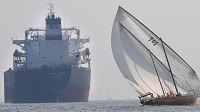
-Why Japan’s chemical firms still make drugs
They persist in the pharma business, even as chemical companies in the West have mostly exited
In November, the Japanese chemical producer Asahi Kasei agreed to buy the biotech firm Veloxis Pharmaceuticals for $1.3 billion. It was an unusual move by the standards of the international chemical industry. But not for Japan.
Throughout the 1990s and the first decade of the new millennium, Western chemical companies spent much energy on restructuring. A common move was to sell off pharmaceutical operations. This is what Dow, DuPont, and BASF did, as well as now-defunct firms like Rhône-Poulenc and Hoechst. The moves led to the creation of new drug giants, including Aventis (later absorbed by Sanofi) and Novartis.
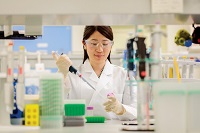
-Why glass has a bright future – according to a packaging expert
As flexible packaging solutions continue to dominate the headlines in terms of sector growth and market share, what lies ahead for traditional materials such as glass? David Harrison, chief operating officer at the PPMA (Processing and Packaging Machinery Association) Group of Associations, explains why glass packaging still has a bright future.
With constant reports and predictions forecasting the ongoing growth and dominance of flexible packaging, it is easy to see why the outlook for more traditional solutions such as glass may look a little bleak. Indeed, the flexible packaging market is set to grow by 4.9 per cent by the year 2025 to reach a value of the $311.38 billion. And yet, if you look behind these initial headlines, there are positive trends that indicate glass-based packaging solutions still have their place in the global market and will continue to play an important role in the future of packaging.

Petrochemicals Circular Economy Polylactic
